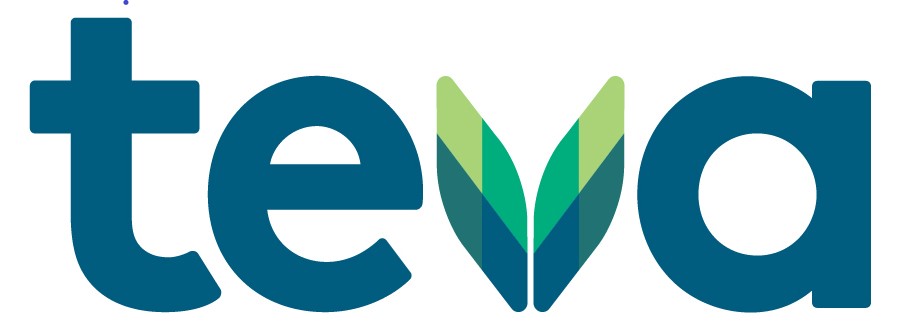A natural disaster can overwhelm a medical practice with extensive damage, making it difficult to recover. It is essential to be ready in case disaster strikes to alleviate some of that devastation.
Disaster preparedness requires continuous planning, organizing, training, and analyzing, but all the work is worth it. Here are four tips to keep your practice safe and prepared when disasters happen.
Prepare now.
Before disaster strikes, make sure your medical practice has a plan in place. An organized checklist, ordered by priority and customized to specific types of disasters, will provide the framework for a comprehensive plan.
The list should include the following:
- A detailed call tree or online communication portal.
- Explicit instructions for technology and communication.
- Directions for securing sensitive patient data.
- Guidelines for maintaining HIPAA compliance.
- Ensure all insurance is in place and documents are secure.
- A step-by-step plan for evacuating patients and staff.
- Instructions to follow upon return.
Include training and drills.
Proper training is essential to ensure that everyone knows what to do when there is an emergency. All staff members need quality training to become familiar with protective actions for safety—review requirements for safety and conduct evacuation drills as required by local regulations. Sheltering and lockdown drills should also be conducted; these provide training, so employees become familiar with patient safety, building protection, and information security.
Once you have your plan in place, it’s important to reassess and make sure it’s up-to-date and still works for your office and staff. Practicing a disaster plan can reveal potential problems and ensure a faster response when an actual emergency occurs.
Ensure communication.
During any emergency, you must also be able to communicate with your staff. Whether you have a sophisticated online portal or utilize a simple call tree, everyone must be comfortable with the process. Communication with your patients is also crucial.
Post alerts on your website and social media letting patients know how long your practice will be closed and how to reach a physician in case of an emergency. Create a list with all your patients’ e-mail addresses and cell phone numbers, send out e-mails or text messages with regular updates, and don’t forget to leave a recorded message on your office answering machine.
Data backup.
Many medical facilities are growing increasingly aware of the need to maintain backups of their patient data. Your I.T. department must create regular backups of patient records and other sensitive information. Keep in mind that if you have your backups in the same facility as the original data, you risk losing all your information during a crisis.
If you haven’t done so already, it’s time to consider setting up a secure system for offsite backups. If a disaster strikes and wipes out local copies of your data, you’ll be able to download copies of this information and get your practice back up and running quickly.
Once your plan is in place, regularly reevaluate its steps and update all contact information. Practice and rehearse the plan’s protocols. An effective disaster preparedness plan will help keep your practice focused on delivering care during an emergency.
There are many more considerations to be made but, with advanced preparation and planning, your staff will have the peace of mind that comes from knowing that they are doing their part to keep your facility, patients, and staff safe during a disaster. If you have any other ideas for disaster preparedness, please share them on our Facebook page.
Tags: Disaster Preparedness, medical office management, medical offices, national organization of rheumatology managers, NORM, office management, tips for office managers Posted by



















